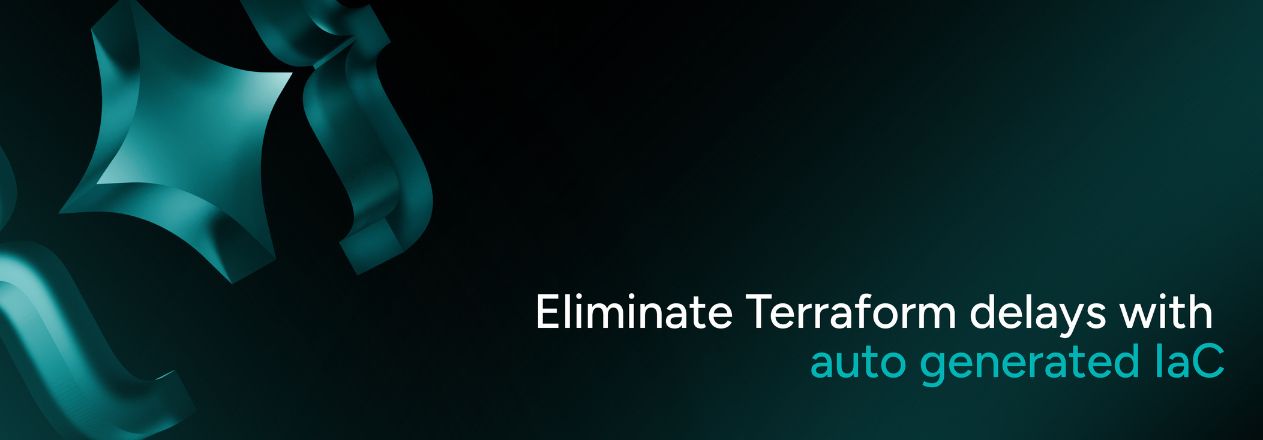December 12, 2025
TL;DR (Too Long; Didn’t Read)
Translating architecture diagrams into Terraform manually is a slow, error-prone process that bottlenecks delivery and burns valuable DevOps cycles. Codespell Design Studio automates this by converting your existing architecture diagrams (from tools like Lucidchart, Draw.io, or Miro) into production-ready Terraform for AWS, Azure, or GCP—within minutes. The result? Faster provisioning, fewer errors, and better team velocity. Visual design in, infrastructure code out.
You’ve designed the architecture. The team’s aligned. But you’re still stuck writing Terraform from scratch. Why?
This is a common frustration in modern software teams. You’ve got your infrastructure mapped out—maybe it’s in Lucidchart, Draw.io, or Miro. Everyone agrees on the services, databases, networking, and cloud platforms involved.
Now someone has to convert all of that into actual Infrastructure-as-Code (IaC). And that’s where progress grinds to a halt.
The Diagram-to-Terraform Gap
Turning a deployment architecture into Terraform should be easy. After all, the logic is already laid out visually. But here’s what usually happens:
- Every new project begins with writing Terraform modules from scratch — line by line.
- Every resource has to be manually matched to cloud provider syntax.
- Networking, security groups, IAM roles—it all needs wiring.
- Errors pop up. Things break. Slack threads get long.
- Days later, it finally works.
All this just to match what the diagram already described. It’s repetitive, error-prone, and slow. In a world where apps ship weekly, this kind of delay isn’t just annoying—it’s unacceptable.
Manual IaC Slows Down the Whole Team
Let’s be clear: Terraform is powerful. But writing it manually from diagrams causes delivery delays and slows down system setup. Here’s what this process actually costs teams:
- Velocity: Infrastructure setup lags behind feature development.
- Resources: DevOps time gets burned on translation instead of automation.
- Accuracy: Diagrams are open to interpretation, leading to errors.
- Morale: Engineers get stuck rewriting boilerplate instead of solving real problems.
These aren’t just technical costs. They slow down product delivery, introduce risk, and create frustration across engineering.
Codespell Fixes the Bottleneck
This is exactly the problem Codespell Design Studio was built to solve.
With Codespell, you can upload your architecture diagram—yes, the exact one your team’s already using—and within minutes, receive production-ready Terraform code tailored to your chosen cloud environment (AWS, Azure, or GCP).
It’s not a generic template. Codespell reads the structure, understands relationships, and outputs code that reflects your actual design.
What Used to Take Days Now Takes Minutes
Here’s the before-and-after reality:
The Future of IaC Is Visual
Terraform is here to stay—but the way we generate it is changing. Just as design-to-code revolutionized frontend workflows, visual-to-IaC is transforming backend infrastructure.
The best part? You don’t need to wait. You can try it right now, on your next project.
Try Codespell Design Studio Today
Upload your architecture diagram and let Codespell do the heavy lifting.
- From diagram to Terraform in minutes
- Supports AWS, Azure, and GCP
- No boilerplate. No rewrites. No guessing.








.png)
.png)